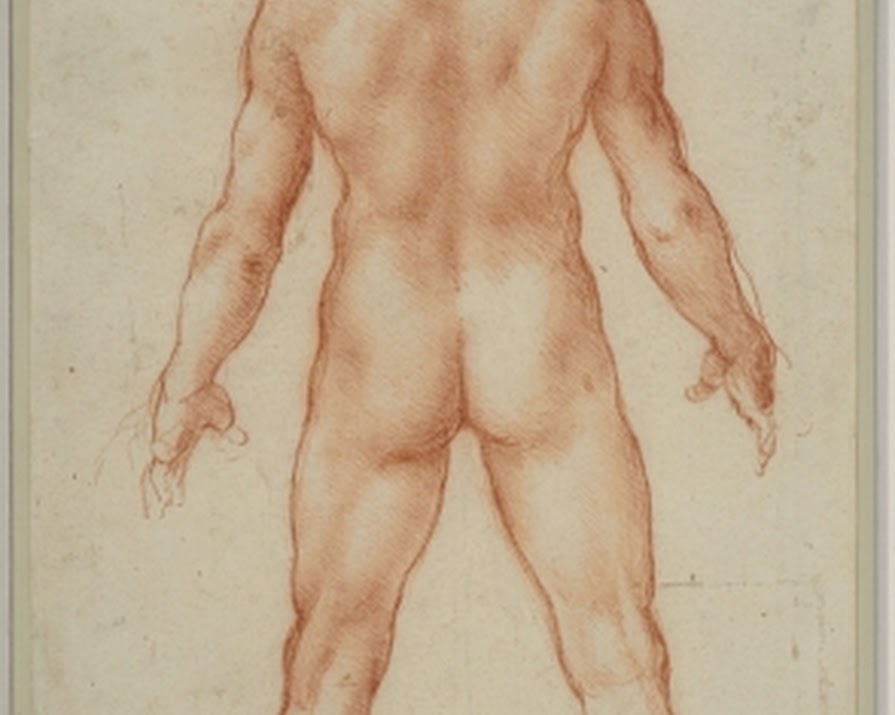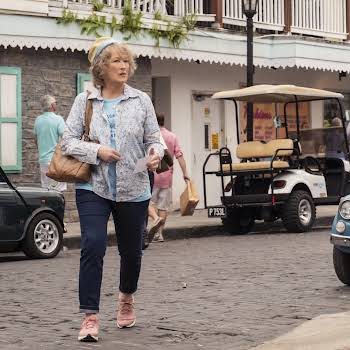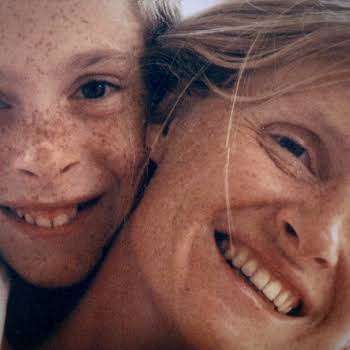By Holly O'Neill
05th May 2016
05th May 2016
The National Gallery of Ireland is currently home to ten of Leonardo da Vinci’s finest drawings for a mere ten weeks (and is the only Irish venue given this great honour). Don’t miss the chance to view these stunning works on loan from the Royal Collection May 4 – July 17.
The exhibition was formally opened by President Michael D. Higgins in the National Gallery of Ireland on Wednesday 4 May 2016.
The exhibition features ten of the finest drawings by Leonardo da Vinci on loan from the Royal Collection, which have been carefully selected to reflect the whole range of Leonardo’s activities. All but one of the drawings are private papers, never intended to be seen by anyone else. Many are annotated in his habitual ‘mirror? writing including the sheet of Studies for casting an equestrian monument (c.1492-3), and the double-sided page from a notebook of anatomical studies.
Though he trained as a painter, Leonardo expanded his activities into sculpture and architecture, engineering, botany, geology, hydraulics, optics and anatomy. His principle tool of investigation was drawing. Many of his drawings are extensively annotated, including the sheet of Studies for casting the equestrian monument to Francesco Sforza (c.1492-4), and the double-sided page from a notebook of anatomical studies: The heart compared to a seed and The vessels of the liver, spleen and kidneys(c.1508). His skilful use of different media is highlighted in the exhibition in works such as Study for the Head of St. Anne (black chalk, c.1510); A male nude (red chalk, c.1504-5), and his Studies of cats, lions and a dragon (pen and ink, c.1513-18).
Family workshops, drop-in drawing workshops, talks and film screenings of?Exhibition on Screen: Leonardo from the National Gallery, London?will be available until the 17th of July. Talks vary from?Ancient Inspirations: The Development of the Italian Renaissance with art historian Dr Sarah Wilson, Leonardo da Vinci: Ten Drawings from the Royal Collection with?Martin Clayton, Head of Prints and Drawings from the Royal Collection Trust, Windsor Castle, The Royal Collection on Show: Henry VIII to Queen Elizabeth II?with?Jonathan Marsden, Director of the Royal Collection Trust to?Leonardo and the Italian Renaissance?with Dr Philip Cottrell, UCD, and?Leonardo and the Art of Anatomy with?Professor Clive Lee, Professor of Anatomy, Royal College of Surgeons in Ireland.
A full listing of all the events taking place in association with the exhibition Leonardo da Vinci: Ten Drawings from the Royal Collection can be viewed here.
Admission to the exhibition is free, but entry is by timed ticket – you can prebook online at www.nationalgallery.ie.
Leonardo da Vinci, A male nude (c.1504-5) Royal Collection Trust/Her Majesty Queen Elizabeth II 2016.























